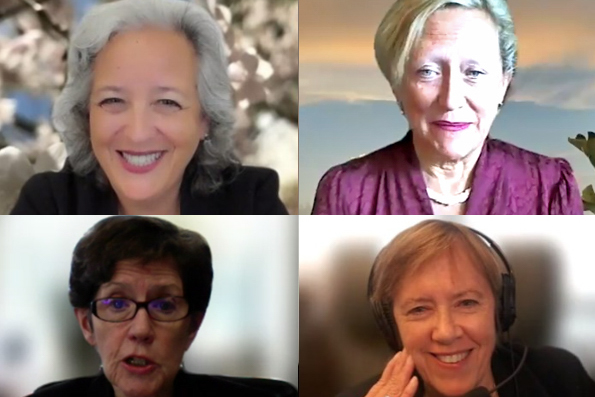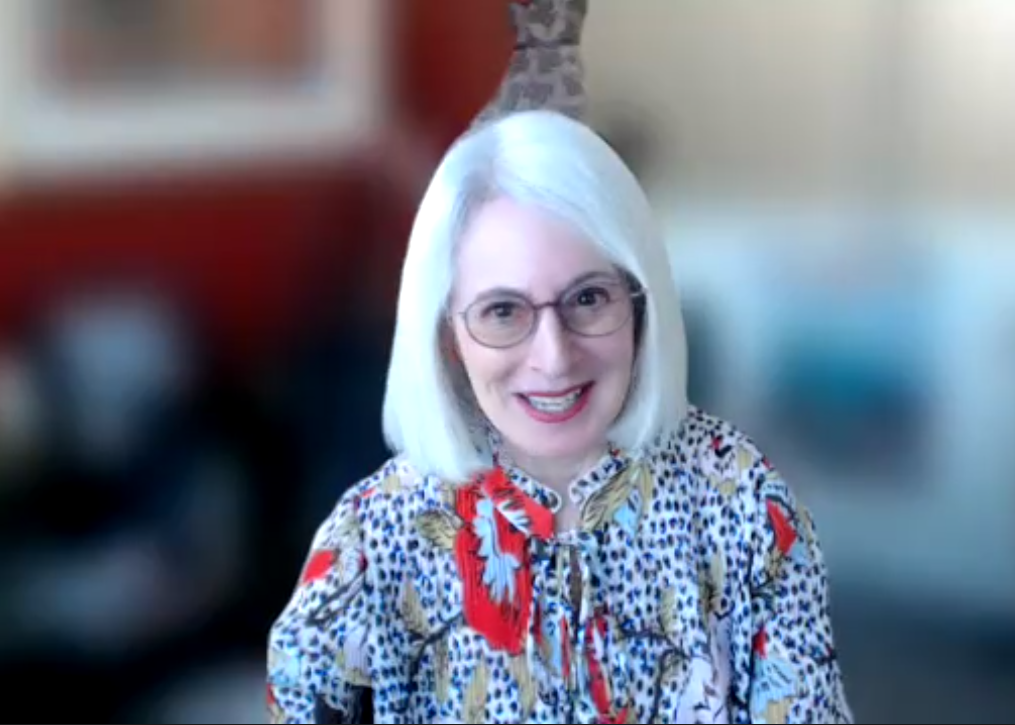Project & Program Updates
AcademyHealth Reassembles “John Eisenberg’s AHRQ Angels” to Discuss Twin Crises
On August 23, AcademyHealth hosted the webinar "Patient Safety and Health Worker Retention: Twin Crises" to explore the reasons underlying the diminished healthcare workforce, the resulting increase in medical error and adverse events, and the reasons the nation's patient safety agenda remains unfinished. Sponsored by the Jewish Healthcare Foundation (JHF), JHF President and CEO Karen Wolk Feinstein, PhD led the panel of the nation's pioneer leaders in healthcare safety research and policy.
The tie that binds the panelists is that they all served together on the Agency for Healthcare Research & Quality (AHRQ) of the U.S. Department of Health and Human Services and were mentored by the late John M. Eisenberg. Dr. Eisenberg was a champion of policy-relevant research to improve the safety and effectiveness of healthcare services, accessibility, primary care and workforce issues, measurements of quality and outcomes, and physician's use of services and the economic incentives faced by both patients and providers. He was a great friend of the Pittsburgh Regional Health Initiative and had a profound influence on its early accomplishments.
Panelists on the webinar included: Helen Burstin, M.D., M.P.H., MACP, Chief Executive Officer at the Council of Medical Specialty Societies; Carolyn Clancy, M.D., MACP, Assistant Undersecretary for Health, Discovery, Education and Affiliate Networks (DEAN), Department of Veterans Affairs; Nancy Foster, Vice President, Quality & Safety Policy Development at the American Hospital Association; and Lisa Simpson, M.B., B.Ch., M.P.H., FAAP, President and CEO of Academy Health.
During her opening comments, Dr. Feinstein outlined the urgent need to address both highly prevalent patient safety events and the increasing numbers of healthcare professionals leaving the workforce, and how these two persistent and challenging problems preceded the pandemic but have worsened in the past two years. She gave an update of the work underway at JHF to address the problem through the National Patient Safety Board Advocacy Coalition and the upcoming Patient Safety Technology Challenge.
In the discussion, each panelist reflected on the successes and short falls of their time at AHRQ and how pathways to progress have the potential to be realized in this unique post-pandemic moment as health systems contend with unprecedented workforce challenges.
"In terms of shortcomings, we (at AHRQ) were always the first to admire an issue. I think sometimes we spent too long admiring the problem instead of jumping to solutions. It's taken decades still to get to more generalized solutions in this space and still we have islands of excellence and not enough to bridge those to get to a higher level of patient safety," Dr. Burstin said.
Dr. Burstin added that there has been an assumption of an "unending elasticity" of the healthcare workforce, and that has been challenged by the pandemic with clinicians pushed past their breaking point.
Dr. Clancy noted exhausted healthcare professionals need smart, efficient ways to focus on patient safety with infrastructure that makes it nearly effortless, safe for the practitioner, and free from fear of punishment while attempting to make progress.
"One of the first successes (at AHRQ) that came to mind was distilling a list of five immediate actions hospitals could take to improve patient safety, which was met with an outpouring of gratitude," Clancy said.
In addition to clinician burnout, there is the pervasive fear following the case of RaDonda Vaught, a former nurse criminally prosecuted for a fatal drug error in 2017, who was convicted of gross neglect of an impaired adult and negligent homicide earlier this year.
"Individual clinicians are concerned about how they might be punished as a result of making mistakes. The case was so incredible. I had heard from a number of nurses who expressed personal concern that even in their institution – despite its culture – that they might face career harm if they were to report an incident or event. I hope that's not true," Foster said.
When asked what one change could make an immediate impact, panelists shared other solutions, including: A $500M moonshot for patient safety to build momentum for change; engaging staff for input into change and creating a culture of commitment to have those changes realized; and realizing the power of the patient and empowering patients to be engaged in their care.
"There needs to be a substantive investment in patient safety improvement, not just research, but the data, skills, and learning systems that are needed to translate that research into sustaining practice," Simpson said.
Each panelist affirmed that patient safety is a complex, diffuse, multi-sector, multi-stakeholder public-private challenge that not only needs a plan in place but also an accountability framework with measurable goals to track progress. External incentives to reward patient safety and for systems to continue to evolve and respond to provide safer case as new evidence emerges.
Related Posts
By accepting you will be accessing a service provided by a third-party external to https://www.jhf.org/

